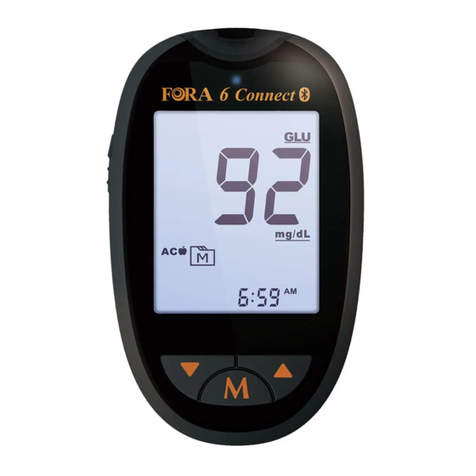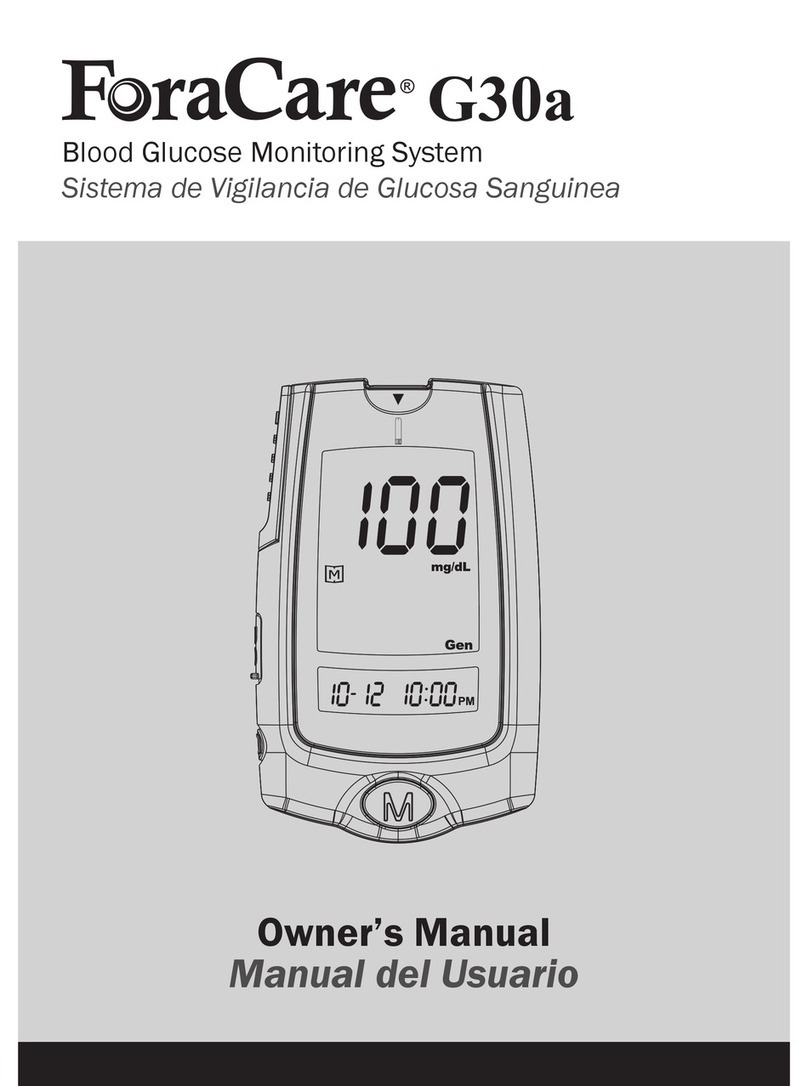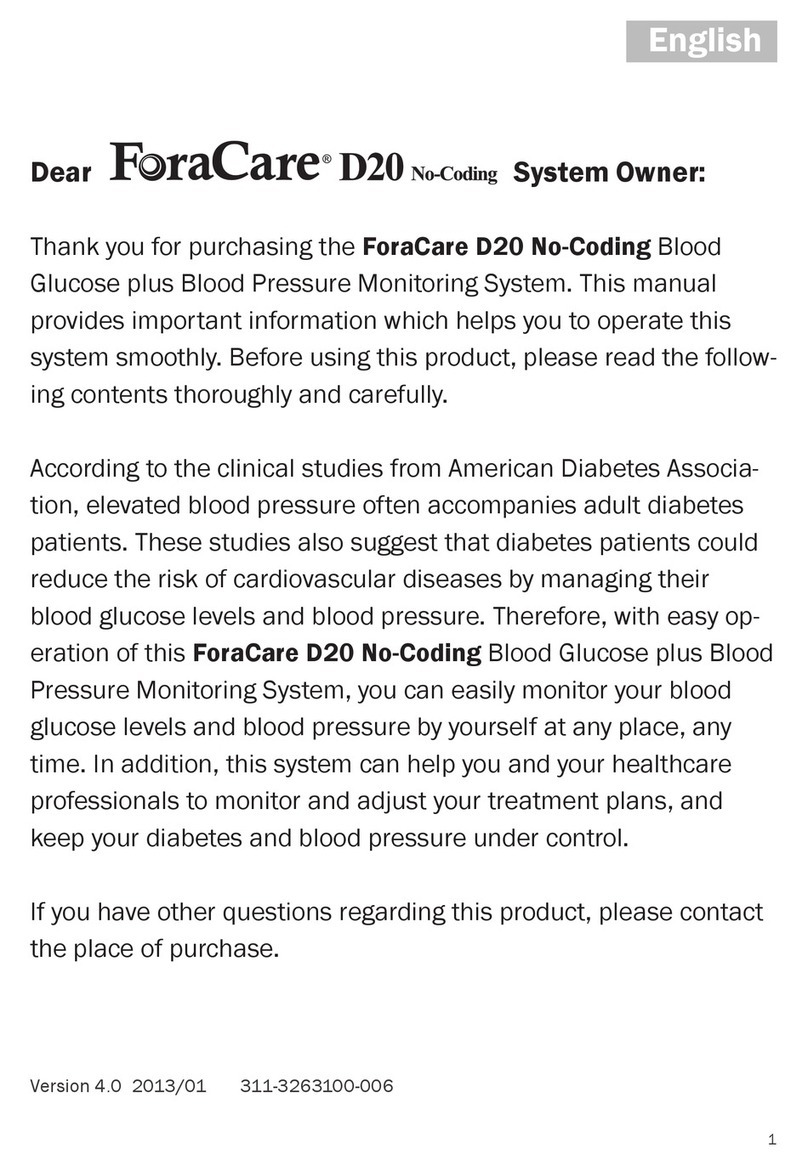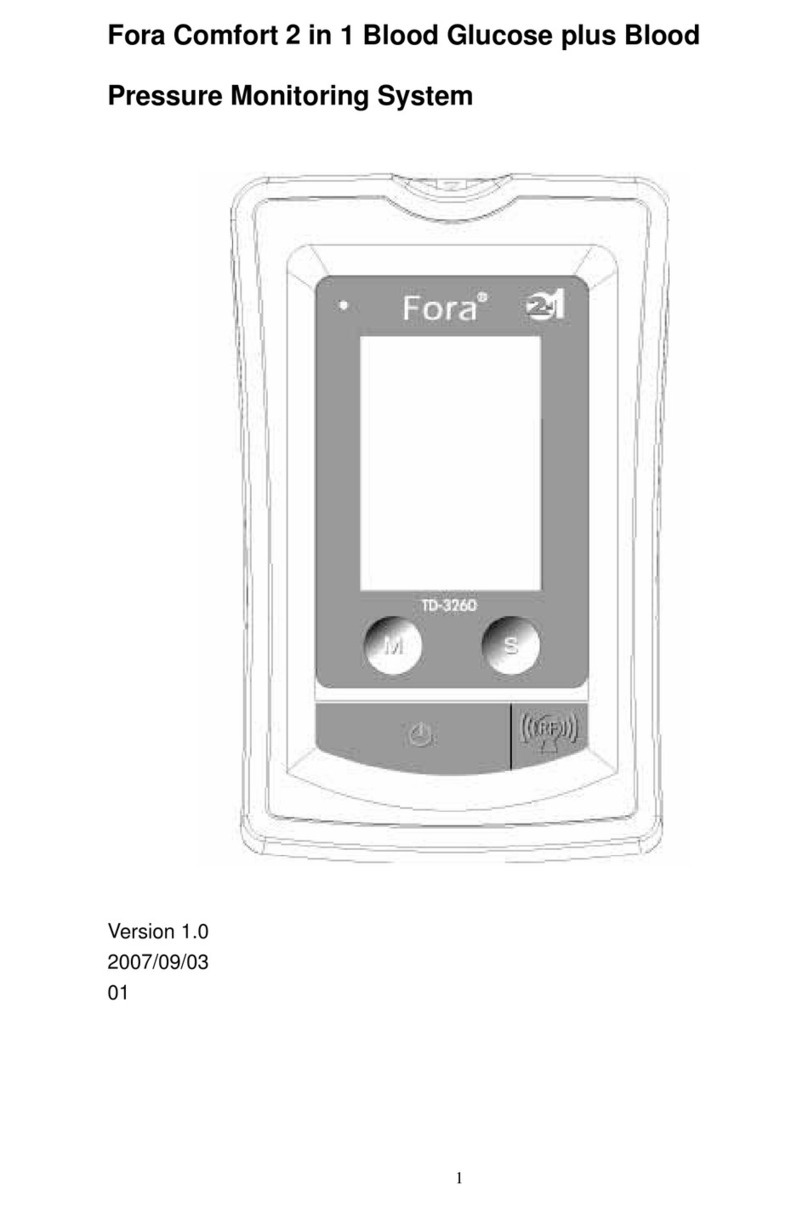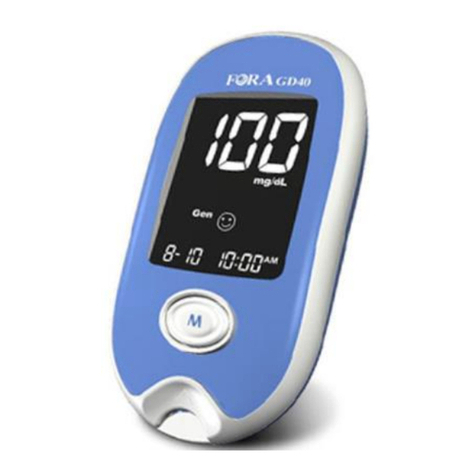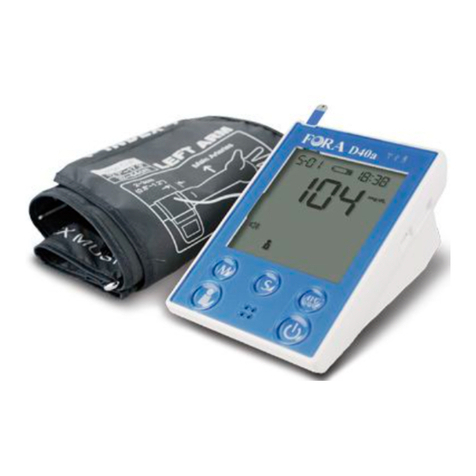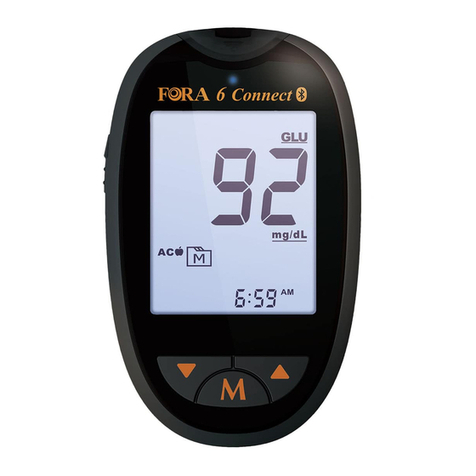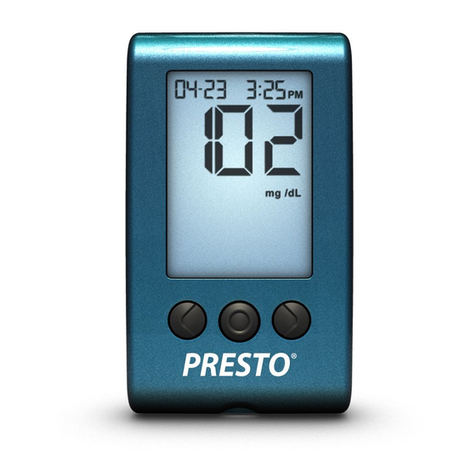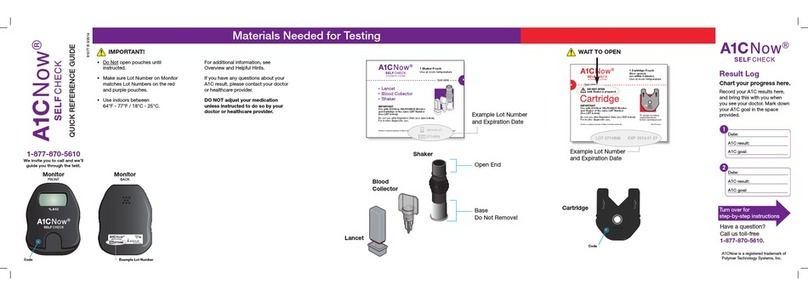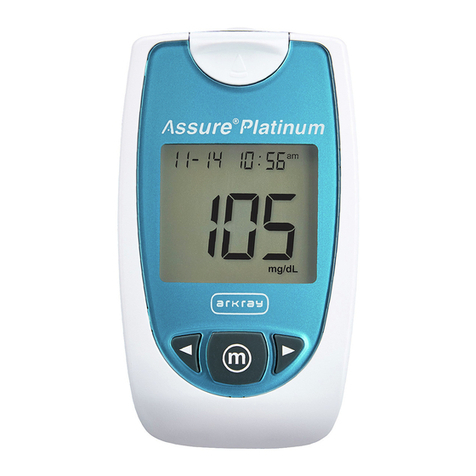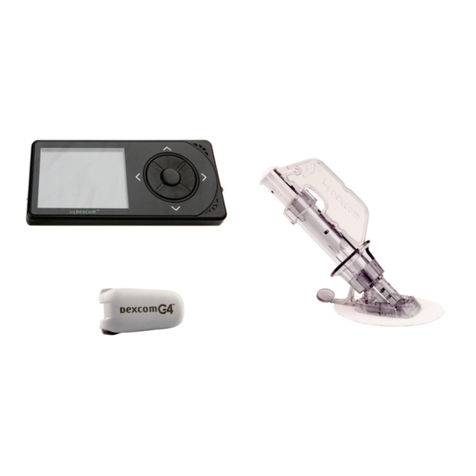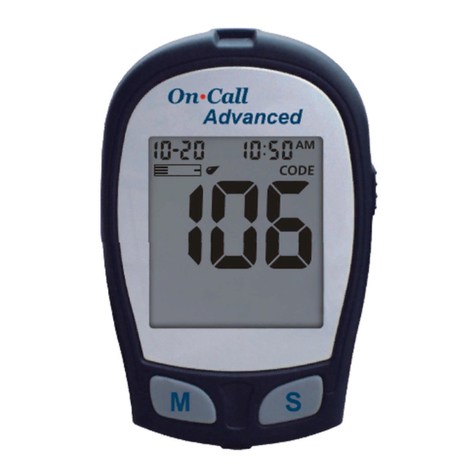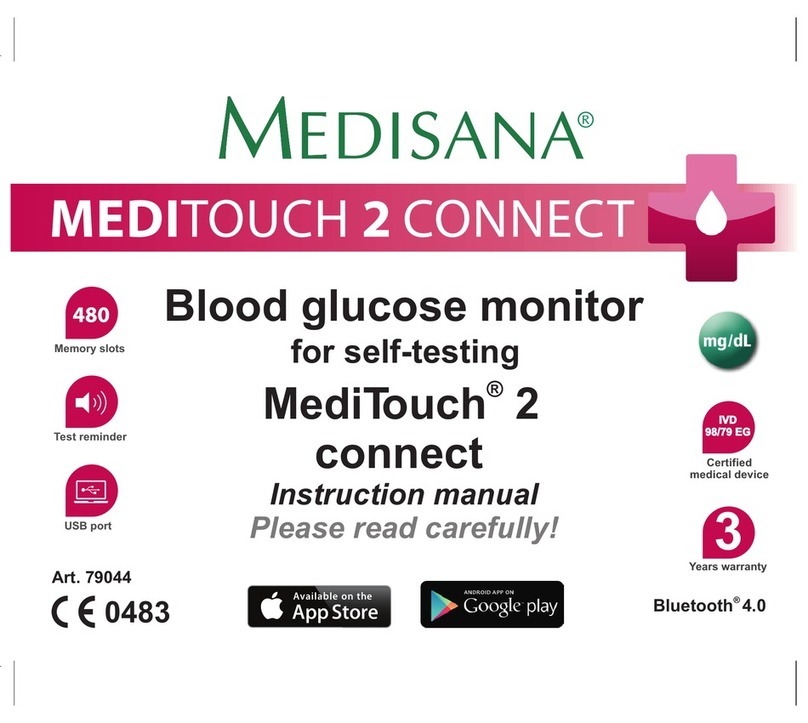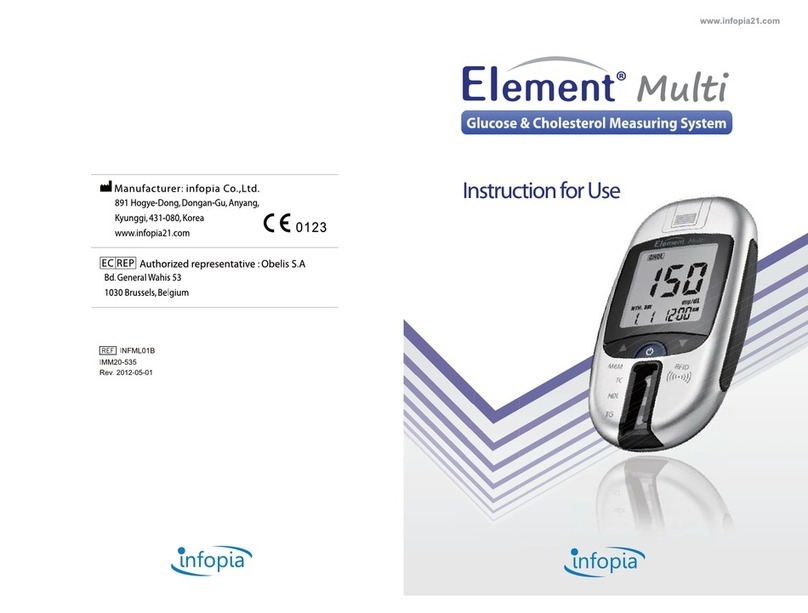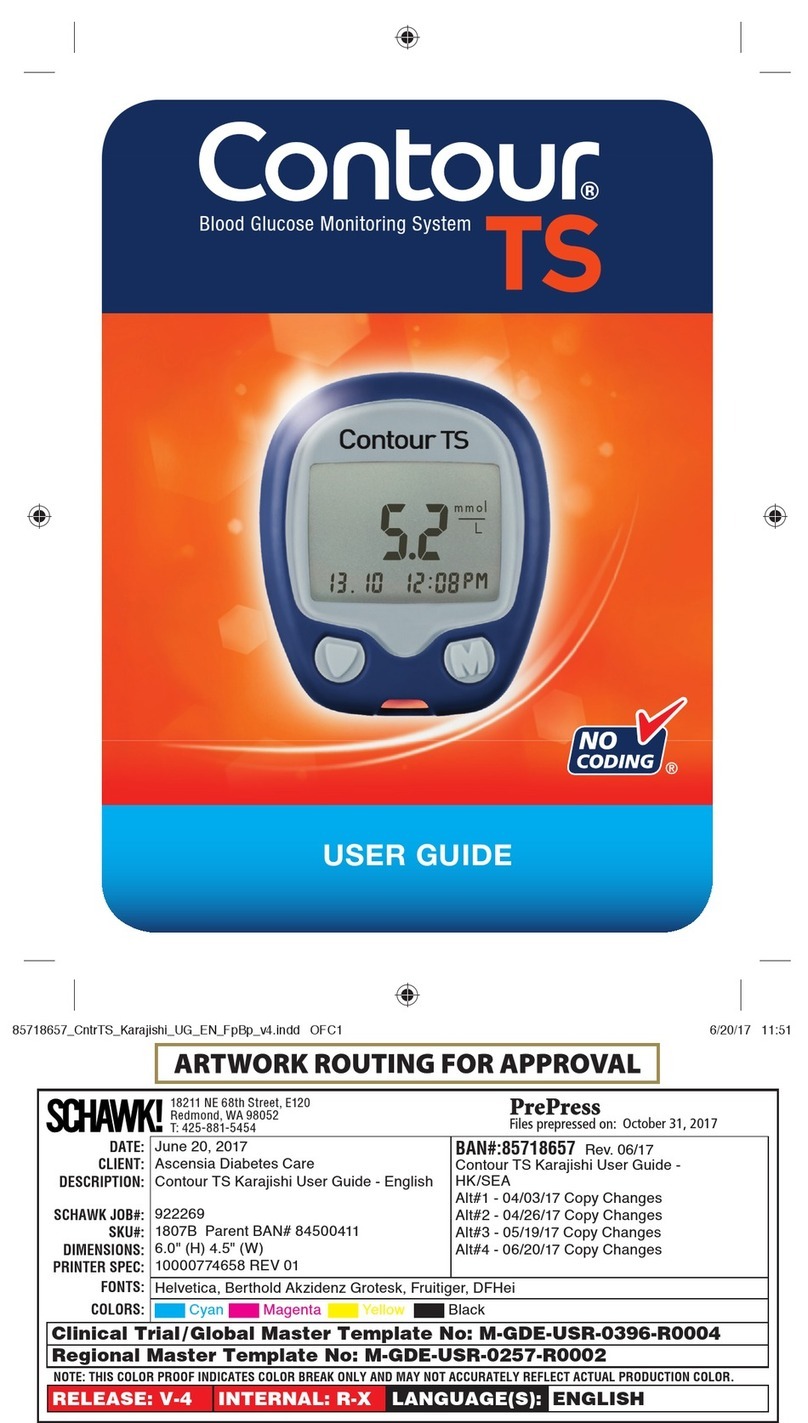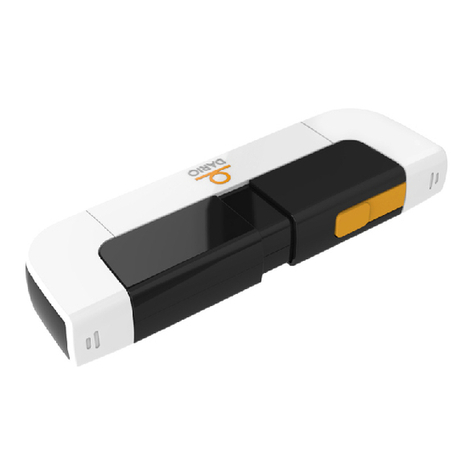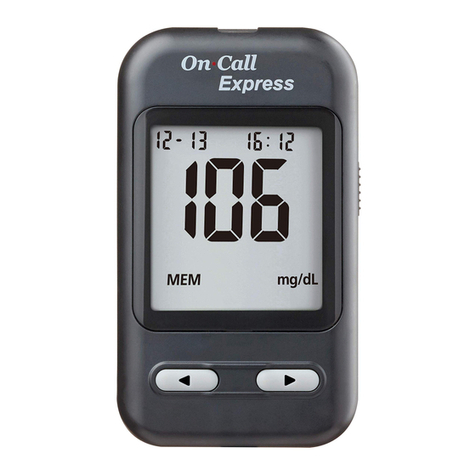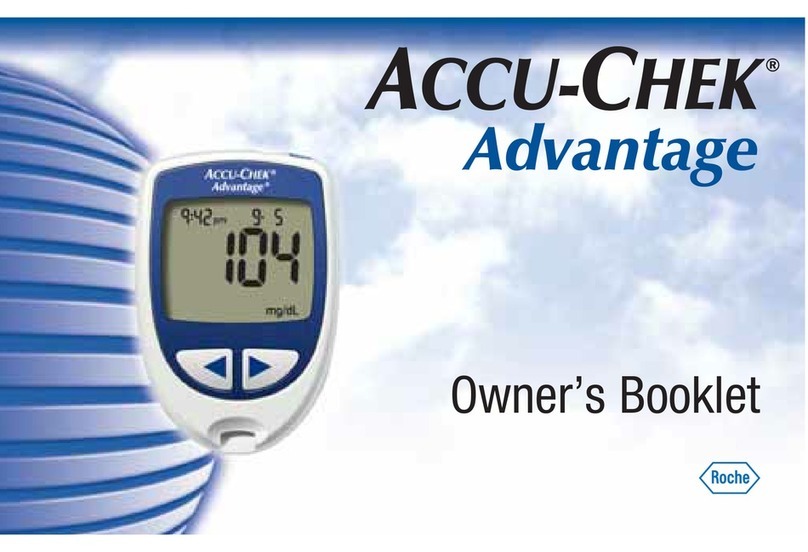Back to Top 2
Table of contents
Troubleshooting 4
Q1. Troubleshoot abnormal results and error messages 4
Power 5
Q2. How long will my battery last? 5
Q3. Would low battery cause inaccurate test results? 5
Q4. Would replacing the battery cause memory loss? 5
Q5. Why does my meter display a battery symbol? 5
General Blood Glucose Questions 6
Q6. Which test strips do my FORA BGMs use? 6
Q7. What do I need to know before using FORA’s BGMs? 9
Q8. Why do I need to code my meter before use, and how? 10
Q9. What situations may cause incorrect measurements? 11
Q10. How do I know if sufficient blood has been applied to the test strip? 12
Q11. What does the clinical validation on FORA’s BGMs mean? 12
Q12. Why do I get different results in successive measurements using the same
meter? 13
Q13. What are the precautions for lancing devices? 14
Q14. What is Alternative Site Testing (AST)? 14
Q15. Which testing sites can be used with FORA’s BGMs? 15
Q16. When do I use AST? 15
Q17. What is a ketone warning? 16
Q18. Can hematocrit levels affect the result? 16
Caring for Your Devices 17
Q19. How do I clean my FORA BGM? 17
Q20. When should I clean and disinfect my FORA BGM? 17
Q21. How do I clean my lancing device? 17
Q22. How do I dispose of my FORA BGM? 17
Test Strips 18
Q23. How are the test strips used with FORA’s BGMs? 18
Blood Glucose Strips 18
3 in 1 (BG/HCT/HB) Test Strip 20
β-Ketone (KB) Strip 21
Urine Acid (UA) and Total Cholesterol (TCH) Strip 22
Q24. Can I use the FORA’s test strips on an airplane? 23
Q25. Can I use FORA’s test strips if I am on oxygen therapy? 23
Control Solution 24
Q26. How do I do the control solution test? 24
Q27. Where can I find the control solution range? 25
Q28. Reasons for abnormal results in control solution tests. 25
